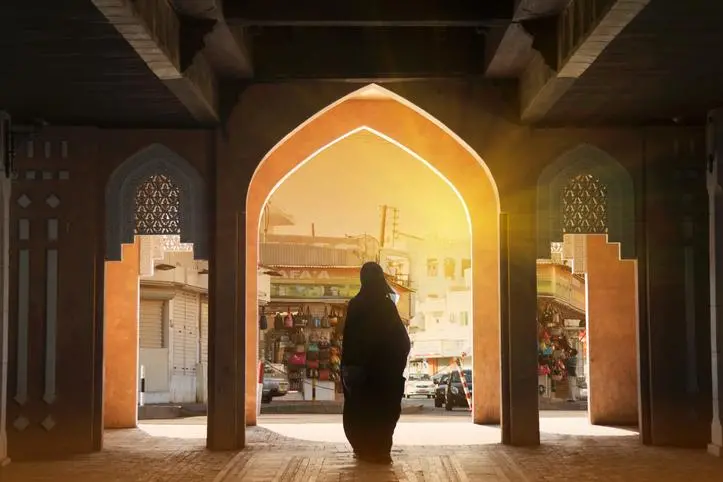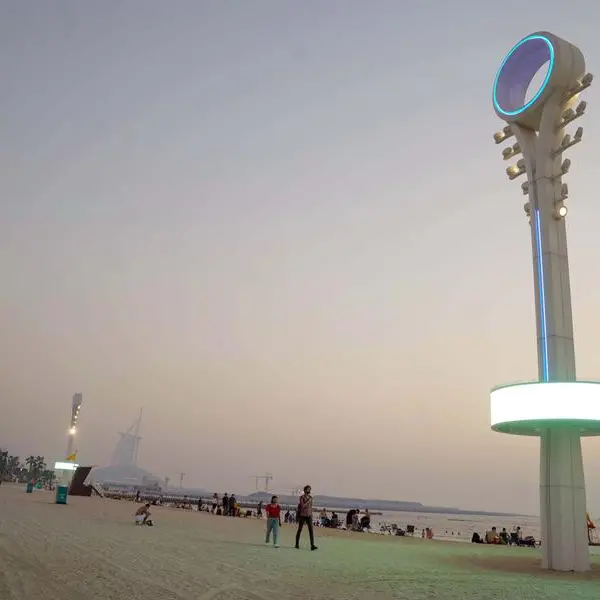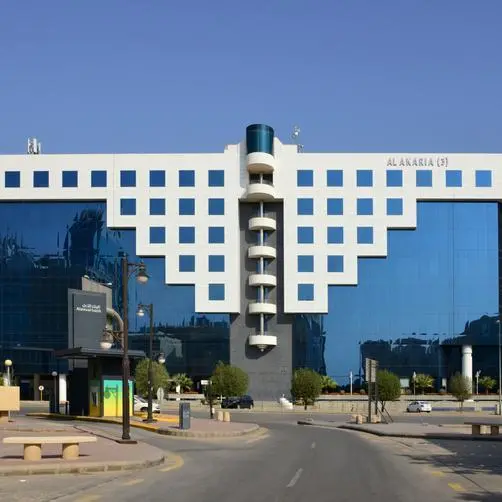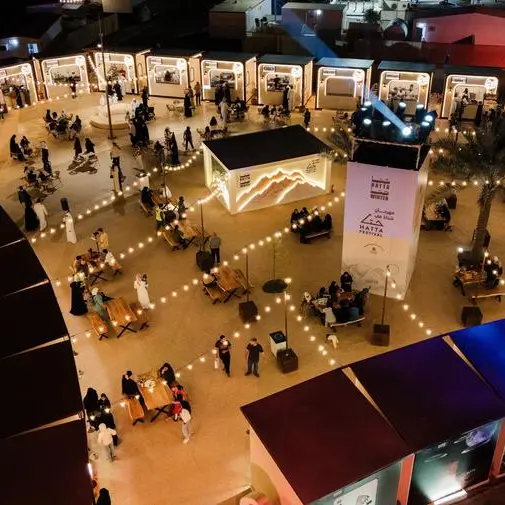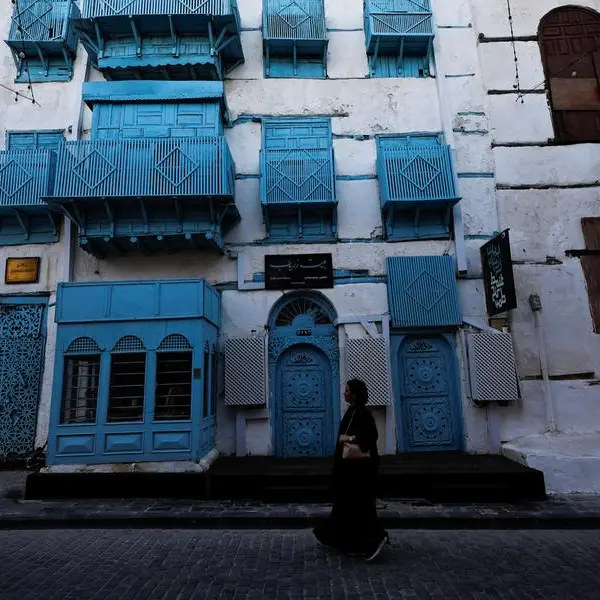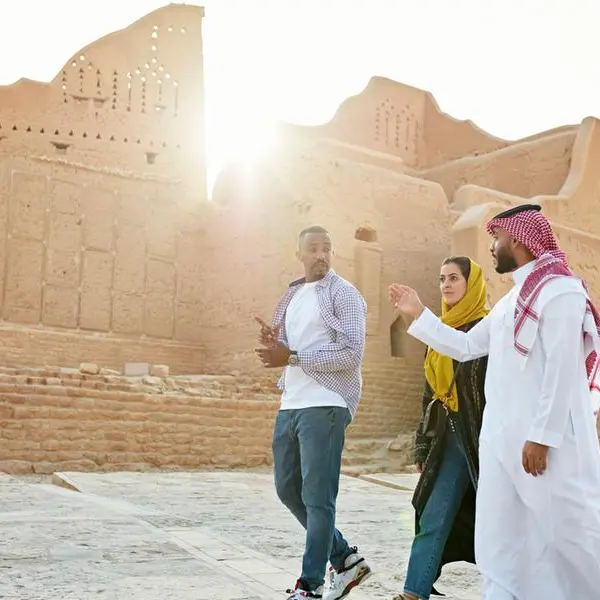PHOTO
Muscat – Oman’s rich cultural heritage has received global recognition with Bisya Oasis in Bahla, Dakhliyah and Rustaq Fort in South Batinah being added to the list of tangible and intangible heritage in the Islamic world.
Ministry of Heritage and Tourism announced the achievement following its participation in the 12th session of the Islamic World Heritage Committee in Azerbaijan.
Inclusion of these sites in the heritage list of Islamic World Educational, Scientific and Cultural Organization (ISESCO) highlights Oman’s dedication to preserving its historical landmarks.
Bisya Oasis and the 13th century Rustaq Fort, the latter a symbol of Oman’s former capital, join the growing list of 16 Omani elements recognised for their historical and cultural significance.
In a statement, the ministry said, ‘This inclusion is a testament to Oman’s deep cultural and human heritage, which continues to gain international recognition.’
Recent archaeological discoveries at Bisya have further enhanced its importance. In 2022, a French archaeological team uncovered a prehistoric site in Al Ma’amoor, revealing stone tools dating back 12,000 years, providing new insights into Oman’s ancient history.
These recognitions strengthen Oman’s position as a key player in preserving both tangible and intangible heritage in the Islamic world, drawing attention to the unique cultural wealth of the sultanate.
© Apex Press and Publishing Provided by SyndiGate Media Inc. (Syndigate.info).
